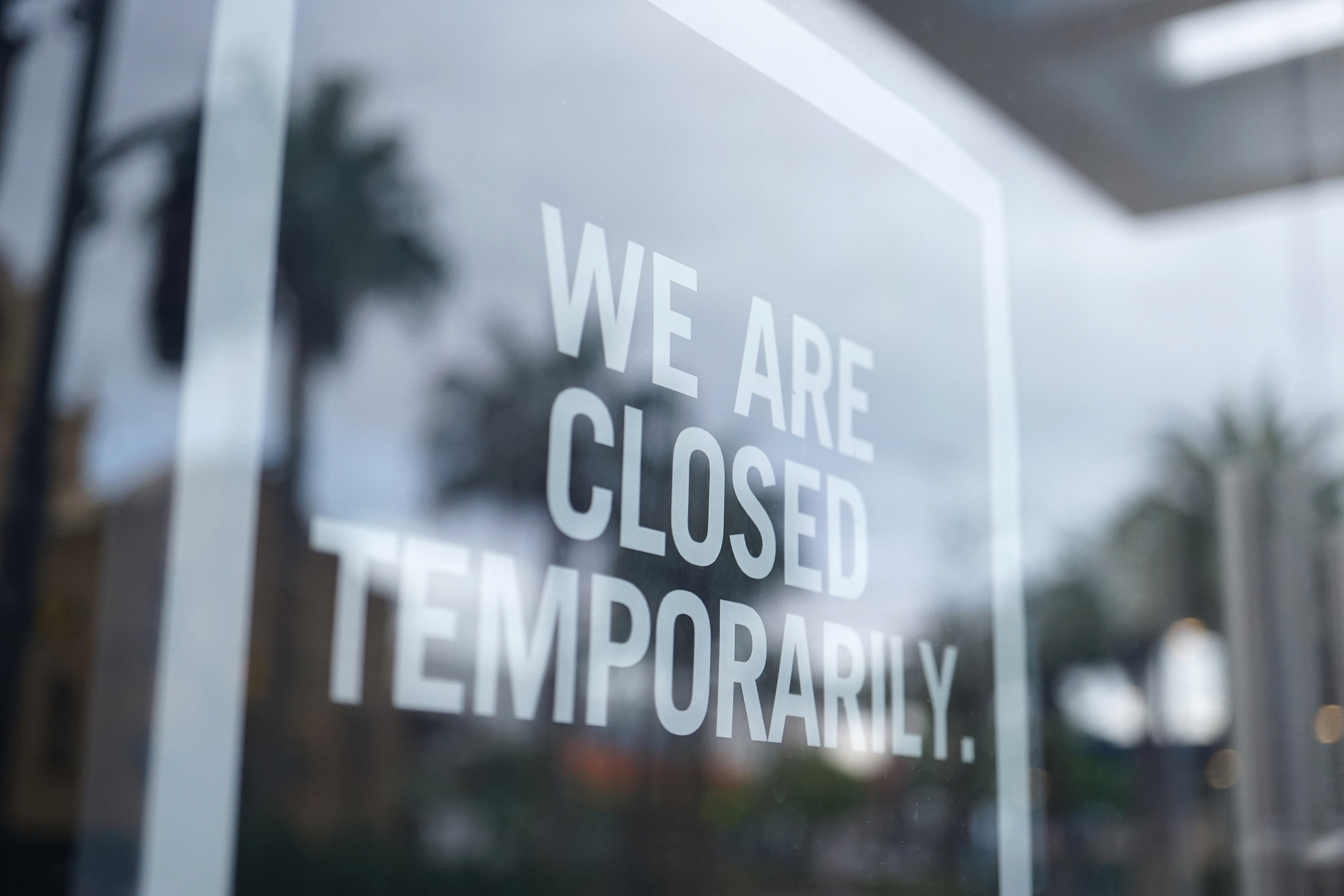5 conversations risk managers must have now about managing the coronavirus aftermath
As risk managers, you are busy dealing with contingency plans on a very immediate basis.
But what is being done now is operational problem solving. It is not risk management – and no longer your job.
As a risk manager, you must focus on the aftermath of the pandemic.
Let me, for the sake of simplicity, assume the pandemic is over by the end of July 2020. I recognise it may be sooner but that it may also be later.
The timing is not the key issue of this article.
What you, as a risk manager, must address is the tail of consequences that the pandemic has left in its wake – and how your business will optimally address that.
If you have not done so already, take the opportunity today to schedule a conference call with your team or other business colleagues to discuss what business will look like at the end of 2020 – and the years ahead.
Here five key things you must discuss and address:
1. What will be the state of macroeconomics?
Has there been a decline in global, regional or national gross domestic product (GDP)?
How big is this? And how does it affect the market you cater to?
This may have a positive impact. Naturally, you only have to look at countries or regions in which your company operates.
What is expected global, regional or national GDP growth? And what does that mean to your business?
What is being done now is operational problem solving. It is not risk management – and no longer your job
No doubt, millions of people have been unemployed for quite some time. How does that affect housing prices, general activity levels, inflation and interest rates?
With massive personal bankruptcies, what is the state of the financial industry and your access to liquidity? Have any of the SIFIs (Systemic Important Financial Institutions) gone bankrupt?
2. What will be your competitive situation?
Will some of your key competitors have grown stronger or will some be bankrupt?
Will alternative or disruptive business systems have gained a windfall?
What is your competitive position – where and how?
3. What will be your supply situation?
Will you be able to scale up to meet demand, and if not, what needs to be done to do so? This includes your full value chain, i.e. your suppliers, your supplier’s suppliers, as well as your own manufacturing, logistic and selling system.
Are there changes in your costing structure or pricing capabilities?
How and by when will you ‘recover’ to a new and optimised normal? Which investments and changes need to be made to get there?
4. What is your employment situation?
Do you have or will you be able to hire the staff you need?
Is there a need for a different skill set and hence a change of employee profiles and mix?
5. What is your strategic situation?
Is your current strategic agenda – the one you made last year and designed to take you well into the 2020s – still relevant? Or will it need a serious makeover?
How will a change in strategy affect your resource allocation and company priorities?
Do you have access to funding to the extent needed?
Some of these questions may not be relevant or apply to your company. The first agenda item must be priorities – prioritise the items that will significantly affect your company’s performance.
What do you need to address now compared to what you can address later?
Strategic risk management
The above considerations are ‘normal’ strategic considerations found in most strategic plans. That is, in a ‘normal’ world, these strategic items will progress at a certain pace.
Traditional strategic planning is a process where tomorrow is not very different than today. We can adjust as we need to, and if or when conditions change.
That said, some companies have found themselves disrupted by competitors who change the rules of the game.
Cases in point would be iTunes for the music industry, Uber for the taxi industry, Airbnb for hotels. The list is endless.
What you, as a risk manager, must address is the tail of consequences that the pandemic has left in its wake – and how your business will optimally address that
So, in that context, coronavirus is a disruption – for everyone – a bit like moving towards a T-junction.
The road ahead will not be like the road you travelled. You have to make a series of choices now and decide where to go – when you come to this junction.
The process of strategic risk management is the deliberate process of describing and discussing various plausible scenarios. And based on these, defining what is expected to be the optimal way forward.
The years ahead are so uncertain that making one strategic plan, based on one set of assumptions, is leadership recklessness.
Management need to prepare for alternative truths and futures, like never before.
Risk managers – step up
Risk managers, you are the company expert on dealing with uncertainty.
Step up and leverage the skills and competencies for the good of the company.
Ask the following questions and gather information on the following to kickstart the process for long-term viability, post-coronavirus:
- What are the most important changes you face in the aftermath of the pandemic?
- What are the options for addressing these changes?
- What shall we decide to do?
- What is our projected/expected performance range? Think about the best case, the expected case and the worst case
Are we happy with that?
You can then start addressing your business continuity plan. The very plan you set out for pandemics. The one upon which you acted when the coronavirus pandemic emerged.
You can look at your plans more clearly and make the changes needed, ready for the next pandemic (statistics suggest another pandemic could surface within a 3-5 year period). The differences are, that the next pandemic will:
- Be more or less infectious and hence spread faster or slower than coronavirus. Do bear in mind, that 3-5 years from now, the world may be even more globalised than it is today
- Be more or less lethal than coronavirus
- Potentially mutate as it spreads, making handling and curing even more complicated
This is not the time to worry – this is the time to step up to your title and earn your keep.
There has never been a more important time for true collaboration between risk managers, and the Risk Leadership Network is already working with its Members to transform how they exchange knowledge with peers.
Are you an in-house risk manager who could benefit from access to the knowledge and expertise of a global network of senior risk professionals? Talk to us about becoming a Member today.
Share this
Related posts you may be interested in

3 practical ways risk managers are stamping their mark on managing COVID-19

4 ways risk managers are responding to the coronavirus outbreak
